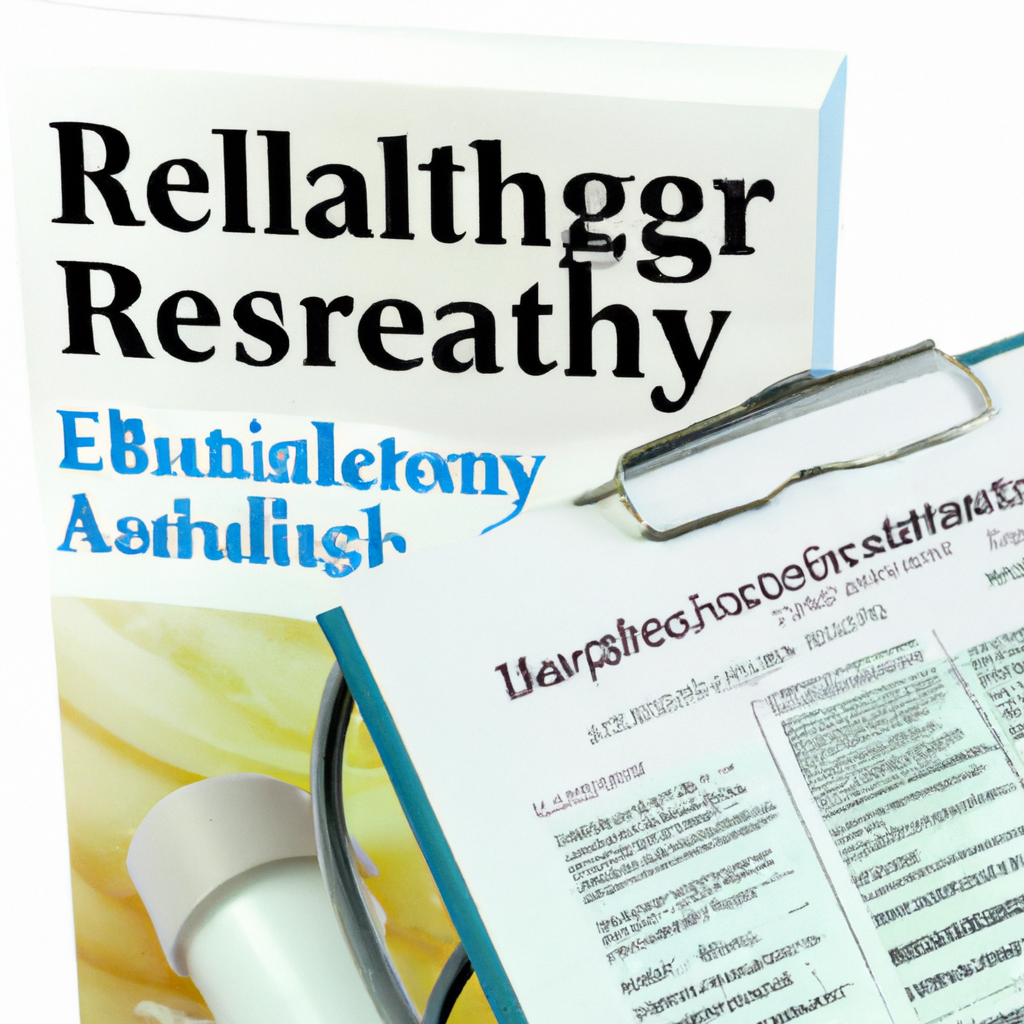As the population continues to age, the health of the elderly is more important than ever. Respiratory health, in particular, is critical for those over, say, 65 years old, since it affects every other system in the body. To ensure elderly respiratory health is maintained, it’s important to know how to monitor and manage any issues with breathing so that elderly individuals can live fulfilling lives. In this article, you’ll learn all about elderly respiratory health, as well as how to effectively monitor and manage breathing issues.
1. Respiratory Health in the Elderly: an Urgent Issue
As the population ages, respiratory health in the elderly is becoming an increasingly urgent issue. In the US alone, one in five people over the age of 65 suffers from a form of chronic lung disease and the numbers are even higher in developing countries. Here are a few factors contributing to poor respiratory health among the elderly:
- Risk of Injury
- Lifestyle Habits
- Weak Immune System
Injury is a leading cause of respiratory illness in the elderly. With increasing age, there is an increased risk of falls, fractures, and sprains. These injuries can damage or weaken the lungs and lead to chronic conditions. Additionally, hazardous lifestyle habits such as smoking and excess alcohol consumption can lead to respiratory illness.
Lastly, the elderly population is more vulnerable to respiratory illness due to a weak immune system. As the body ages, it loses its ability to fight off infections and other diseases. This makes respiratory infections more difficult to treat and can lead to more severe health complications.
2. The Importance of Monitoring Respiratory Health
Respiratory health is a critical aspect of our overall wellbeing. Monitoring respiratory health is an important step in maintaining good health and wellbeing. By understanding what your normal respiratory wellbeing looks like, you can pick up on any changes that may indicate a problem.
- Recognizing any changes early allows you to take the necessary steps to address the issue quickly, as many respiratory health issues can have significant impacts on your health.
- Monitoring your respiratory health can help you identify any abnormal or concerning patterns that need to be addressed or investigated.
- Regularly monitoring your respiratory health can help to prevent serious complications and long-term effects from a wide range of respiratory health issues, including asthma, COPD, and other chronic respiratory illnesses.
In terms of monitoring your respiratory health, it’s important to be aware of any changes in your breathing. This might include coughing, wheezing, difficulty breathing, or any other changes that may be cause for concern. Additionally, it can be helpful to record any changes you are experiencing on a weekly or monthly basis to track any patterns. If you are noticing any concerning changes in your respiratory health, it’s important to seek medical advice as soon as possible. Tracking your respiratory health gives you the tools to help guide and direct your medical care.
3. Techniques for Managing Elderly Respiratory Complications
Careful Monitoring
Caring for elderly patients with respiratory complications requires careful and vigilant monitoring. Paying attention to minor fluctuations in breathing patterns, temperature, and vital signs can help identify any potential issues before they become serious. For example, if a patient’s oxygen saturation levels drop suddenly, you will be able to adjust medications or apply treatments to address the problem quickly.
Emphasis on Prevention Strategies
Proactively preventing additional respiratory illnesses can also make a difference. Washing hands and staying away from high-risk areas during cold and flu season can help the elderly ward off respiratory illness risks. Additionally, using advanced air purifiers in the home, as well as specialized air filters in the rooms, can also reduce the risk of contracting respiratory illness.
Management of Chronic Conditions
Managing existing chronic conditions should also be part of a comprehensive plan. Talk to your patient’s doctor to determine the best treatment plan. Taking medications regularly as prescribed and properly using breathing treatments, such as oxygen therapy or an inhaler, can help reduce the risk of health complications. Here are some specific techniques than can help:
- Quitting smoking
- Limiting exposure to air pollutants
- Avoiding strenuous activity and heavily polluted areas
It’s important to take steps to help elderly patients manage their respiratory complications. Working with their care team to determine the best plan of action for managing chronic conditions will ensure that patients are getting the necessary support and care they need.
4. Identifying Respiratory Health Risks in the Elderly
is a crucial step for accurate diagnosis and improved quality of life. Certain conditions are more common in older adults, such as:
- Chronic obstructive pulmonary disease (COPD)
- Asthma
- Pneumonia
Signs of Respiratory Risk in the Elderly
Common signs of respiratory health issues can be difficult to identify in the elderly. Difficulty breathing can be a symptom of numerous conditions, and can look different in each individual. Symptoms may include:
- Shortness of breath
- Wheezing
- Coughing
- Fatigue
Signs may also vary in intensity, ranging from mild to severe. If any of these symptoms are being experienced it is essential to receive medical attention for both diagnosis and risk management.
Risk Factors for Respiratory Conditions in the Elderly
There are a number of factors that may increase the risk of a respiratory health issue in the elderly. These include:
- Smoking
- Taking medications which could interact with respiratory medications
- High levels of indoor and outdoor air pollutants
- Certain allergic reactions
By implementing preventive measures and regularly monitoring health, elderly individuals can better manage their respiratory health and reduce risks.
5. Creating a Support Structure for Elderly Breathing Difficulties
It can be difficult to support the elderly population in their struggles with breathing difficulties due to a variety of physical and emotional ailments that can interfere with daily functioning. Having a robust and comprehensive support system in place is paramount in order to manage these difficulties and to help avoid any further health complications. Here are some tips for creating an effective support structure:
- Identify the source of breathing difficulties. This includes tracking signals and symptoms, recognizing environmental influences, and seeking the aid of health professionals to ensure that all pertinent factors are being considered.
- Ensure that regular medical care is taken up, such as check-ups at the appropriate intervals and the right oxygen dosage. Working with a doctor to customize care plans and to identify any new treatments that may be more suitable can also be helpful.
The next step is to focus on a holistic approach to managing the breathing difficulties. This includes incorporating nutrition, exercise, mental health, and emotionally supportive activities into daily routines. Setting aside the time to fit in regular forms of relaxation, such as yoga or meditation, can help with both physical and emotional well-being and assist with control over breathing.
Finally, it’s important to form a network of emotional and practical support for the elderly. This might include connecting with family members or carers, or seeking out community or voluntary organizations that specialize in helping individuals with breathing difficulties. Having a close-knit support system to rely on can make a big difference in the management of these difficulties.
Elderly respiratory health should not be taken lightly. When it comes to breathing issues, persistent monitoring and management are key to helping seniors maintain healthy lung function and lead a healthier lifestyle. With the right care and supervision in place, elderly respiratory health can make a world of difference. Let’s all do our part to ensure the older generation’s breathing needs are met, so they can feel and be as safe and healthy as possible.



